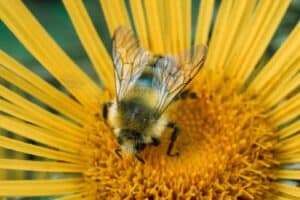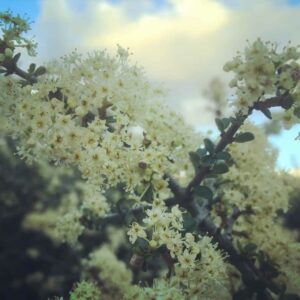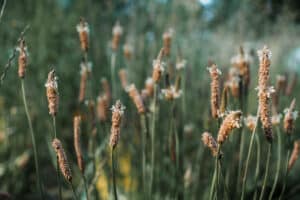In the Alchemical tradition, there is a teaching that speaks towards the Three Kingdoms of Life: the mineral, vegetable, and animal. Yet for some reason the fungal kingdom has consistently been overlooked, or lumped together with plants, and they’re discussed little.
Luckily for us, as mushrooms have entered more deeply into human awareness as powerful medicines not only for ourselves, but the Earth itself, they’ve been getting a little more attention from the alchemical community these days.
That’s where Jason Scott comes into the picture. A practicing alchemist, herbalist, and mycologist, Jason has dedicated his life to understanding the fungal kingdom, their medicinal properties, and their unique placement within the alchemical philosophy and practice. This includes some unique methods of extraction not discussed elsewhere in alchemy, or even standard herbalism.
Traditionally, most medicinal mushrooms are either just eaten with food, such as Shiitake or Maitake, and others, especially of the more “woody” varieties, are simply decocted into teas. But in modern herbalism, we’re seeing a form of extraction that yields a broad spectrum of fungal constituents, referred to as “dual-extracts.” This involves utilizing both a high proof alcohol extraction combined with a concentrated water decoction.
In Alchemy, one of the oldest axioms is “as above, so below.” One way this is reflected in Nature is the relative “fixed” or Earthly manifestation of things, and the “volatile” or subtle, heavenly manifestation of things. The entire art of alchemy is taking that which is fixed and volatilizing it into the Heavens, and taking that which is of the Heavens and fixing it down into the Earth. This establishes the great circulations that comprise the works of alchemy.
Well interestingly enough, when we look at the chemistry of most medicinal mushrooms, we see both an “above and below” within them. On the one hand, there’s a class of compounds called triterpenes which are predominantly soluble in alcohol, which is considered a volatile menstruum. On the other hand, they also contain a rich spectrum of polysaccharides, which are predominantly water soluble. In comparison to alcohol, water would be considered a more “fixed” menstruum. Hence the dual extract uses both alcohol and water to extract medicinal mushrooms, enabling both the above and below, the volatile and the fixed, to be contained in a singular extract.
And this is taken to a whole other level with spagyrics, in that after dual-extraction, the mushrooms are calcined into a fine ash and the water-soluble salts are crystallized and added back into the dual-extract. Literally wasting nothing.
Another point of interest in the connection between alchemy and mushrooms that I find quite interesting is the ecological role of mushrooms… in the sense that they literally are generating life from death, growing from decaying materials in the forest. To me, this is quite symbolic of the process of alchemy, of transforming poison into medicine, trauma into truth, and life from death. Indeed, this is why the ouroboros – the snake eating it’s own tail – is a classic symbol associated with alchemy. For it is the constant cycles of transformation that occur throughout Nature, as well as within human consciousness.
We also see this symbolism in the way mushrooms are being used to cleanup toxics within ecosystems, such as oil spills. They literally draw in the toxic materials and transform them into something completely different. Mushrooms, such as the Oyster mushroom, used for ecological restoration in this way have been tested and show to be clean of toxic materials… though I still probably wouldn’t want to eat them!
In this special edition of The Plant Path, Jason and I dig into the unique connections between alchemy, mycology, fungal medicine, transformational healing, herbal pharmacy, and a whole lot more… He was a student of both our Alchemical Herbalism and Vitalist Herbal Practitioner Programs, so it’s been a real honor to watch him go out into the world and put the teachings into practice in the many ways he’s helping people with them.
Jason Scott is a contributor to the book Radical Mycology and has published articles in Verdant Gnosis. He’s the founder of Feral Fungi, where he provides powerful spagyric extracts of medicinal mushrooms. Check out his work here: https://www.feralfungi.com








